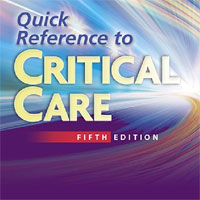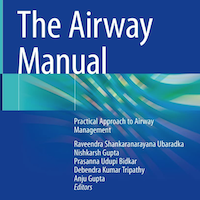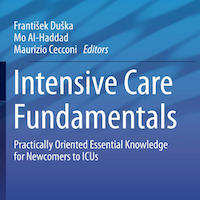
The Post-injury Inflammatory State and the Bone Marrow Response to Anemia
The pathophysiology of persistent injury-associated anemia is incompletely understood, and human data are sparse. Objective: To translate pre-clinical findings by characterizing injury-associated anemia among critically ill... read more

The Role of Speech and Language Therapy in Critical Care
The role of speech and language therapists (SLTs) in critical care can be unclear so this article sets out the scope of practice to increase awareness of the value of SLTs as part of the wider multidisciplinary team. Speech... read more

PICU Outcomes and Outcome Predictions
Interview with Dr. Murray Pollack, the Director of Outcomes Research at the Children's National Medical Center and Professor of Pediatrics at the George Washington University School of Medicine. Severity of illness research... read more

Measuring and Monitoring Lean Body Mass in Critical Illness
Methods to monitor lean body mass in the ICU are under constant development, improving upon bedside usability and offering new modalities to measure. This provides clinicians with valuable markers with which to identify patients... read more
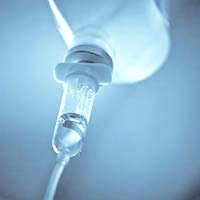
Strategies for Intravenous Fluid Resuscitation in Trauma Patients
Fluids are drugs and should be managed as such. Appropriate early fluid resuscitation in trauma patients is a challenging task. Care should be taken in selecting both the type and volume to promote appropriate perfusion and... read more
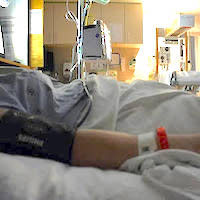
Central venous oxygen desaturation during early sepsis linked to higher mortality
n the ALBIOS trial, persistence of low (... read more

Reducing diagnostic errors in the ICU
Diagnostic error occurs in 5-20 percent of physician-patient encounters, with a comparable prevalence among ICU admissions and patients who die in the intensive care unit (ICU). Further, diagnostic errors comprise 9-12 percent... read more
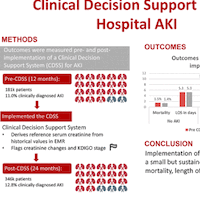
Clinical Decision Support for In-Hospital AKI
AKI carries a significant mortality and morbidity risk. Use of a clinical decision support system (CDSS) might improve outcomes. We conducted a multicenter, sequential period analysis of 528,108 patients without ESRD before... read more

Abnormal Saline and the History of Intravenous Fluids
Two new clinical trials together involving nearly 30,000 patients support previous observational evidence that the most common solution used for intravenous fluid therapy in the world is associated with kidney damage. Both... read more

Why a terminally ill young woman has changed her mind about living
o face each day, Claire Wineland undergoes hours of breathing treatments. It's a reality of living with cystic fibrosis she's come to accept. But last month, as the nebulizer hummed loudly in her La Jolla, California, hotel... read more

Early Interventions for the Prevention of Posttraumatic Stress Symptoms in Survivors of Critical Illness
Despite a paucity of high-quality clinical investigations, the preponderance of evidence to date suggests that 1) posttraumatic stress disorder among survivors of critical illness may be preventable and 2) early interventions... read more
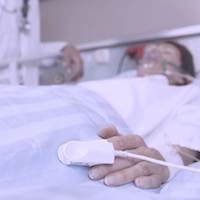
A Randomized Trial of a Family-Support Intervention in ICUs
Family-support intervention in ICUs increased patient comfort and reduced costs. Among critically ill patients and their surrogates, a family-support intervention delivered by the interprofessional ICU team did not significantly... read more
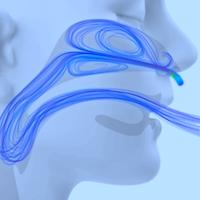
Looking for a Better Way to Treat Hypoxia in the Emergency Department? Reach for High-Flow Nasal Cannula
High-flow nasal cannula should be considered a first-line therapy in all patients with hypoxemic respiratory failure not from cardiogenic pulmonary edema and without concomitant hypercapnia. The high flow rate of HFNC offers... read more

Do We Know Enough to Recommend Corticosteroids in ARDS?
We read with interest the evidence-based recommendations for the use of prolonged corticosteroids in early moderate to severe acute respiratory distress syndrome (ARDS) published in Critical Care Medicine by the Corticosteroid... read more

Association of the Quick Sequential (Sepsis-Related) Organ Failure Assessment (qSOFA) Score With Excess Hospital Mortality in Adults With Suspected Infection in Low- and Middle-Income Countries
In this retrospective secondary analysis of 9 diverse LMIC cohorts that included 6569 hospitalized adults with suspected infection, a qSOFA score greater than or equal to 2 was significantly associated with increased likelihood... read more

Temporal Biomarker Profiles and Their Association with ICU Acquired Delirium
While there are differences in markers (adiponectin and several brain proteins) between patients with and without delirium, the development of delirium is not preceded by a change in the biomarker profile of inflammatory... read more

The Answer My Friend is Blowin’ in your Nose – High Flow Nasal Oxygen
High flow nasal oxygen is a novel device that actively humidifies and heats air to make flows of up to 60 liters a minutes tolerable. These incredibly high flows are important, because in order to provide 100% fiO2 to patients... read more



